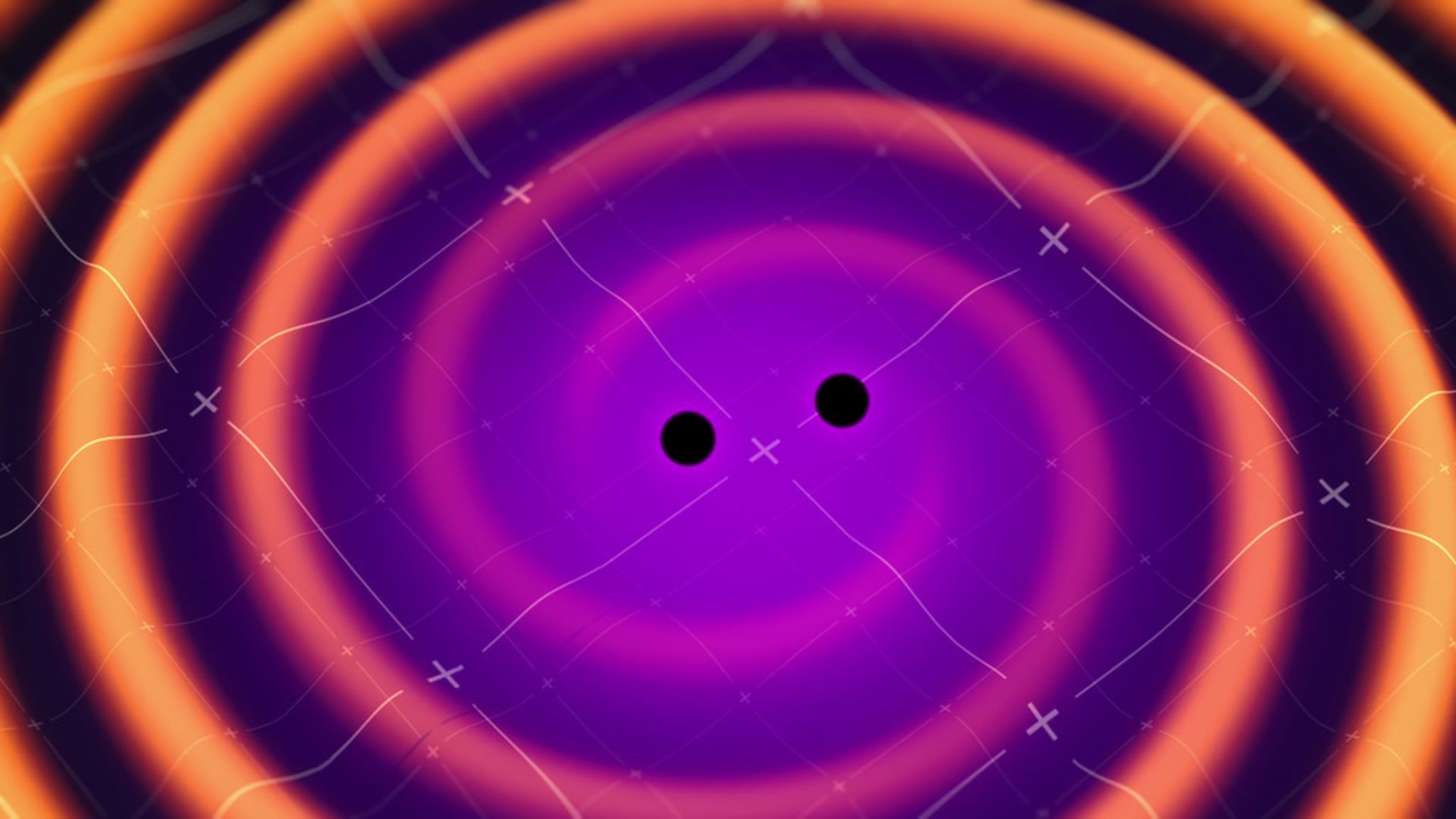New Delhi: The LIGO-Virgo-KAGRA (LVK) collaboration, made up of gravitational wave detectors in USA, Italy and Japan have announced the discovery of the most massive black hole merger till date. The signal, designated as GW231123 was detected during the fourth observation run of the LVK network. The merger resulted in a black hole containing 225 times the mass of the Sun. The individual black holes that merged contained about 100 and 140 times the mass of the Sun. In addition their high mass, the pair of black holes that merged are also spinning rapidly, near the limits allowed by Einstein’s theory of general relativity.
Both of these black holes were so massive, that scientists do not have theories to explain their formation through astrophysical processes. It is suspected that the pair of black holes that merged were themselves products of previous mergers between black holes. Member of the LVK collaboration, Mark Hannam says, “This is the most massive black hole binary we’ve observed through gravitational waves, and it presents a real challenge to our understanding of black hole formation. Black holes this massive are forbidden through standard stellar evolution models. One possibility is that the two black holes in this binary formed through earlier mergers of smaller black holes.”
The LVK collaboration and the fourth run
The previous record holder was an event in 2021 designated as GW190521 that resulted in a black hole containing 140 times the mass of the Sun. The three gravitational wave observatories, have together observed over 200 black hole mergers in the fourth run, and about 300 in total since the first direct detection of gravitational waves in 2015. The fourth observation run began in May 2023. The detection of the event is at the limit of the capabilities of the detectors, and interpreting the extreme event is a challenge for scientists. The calibrated data from the detection will be shared with researchers.
